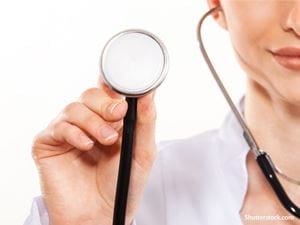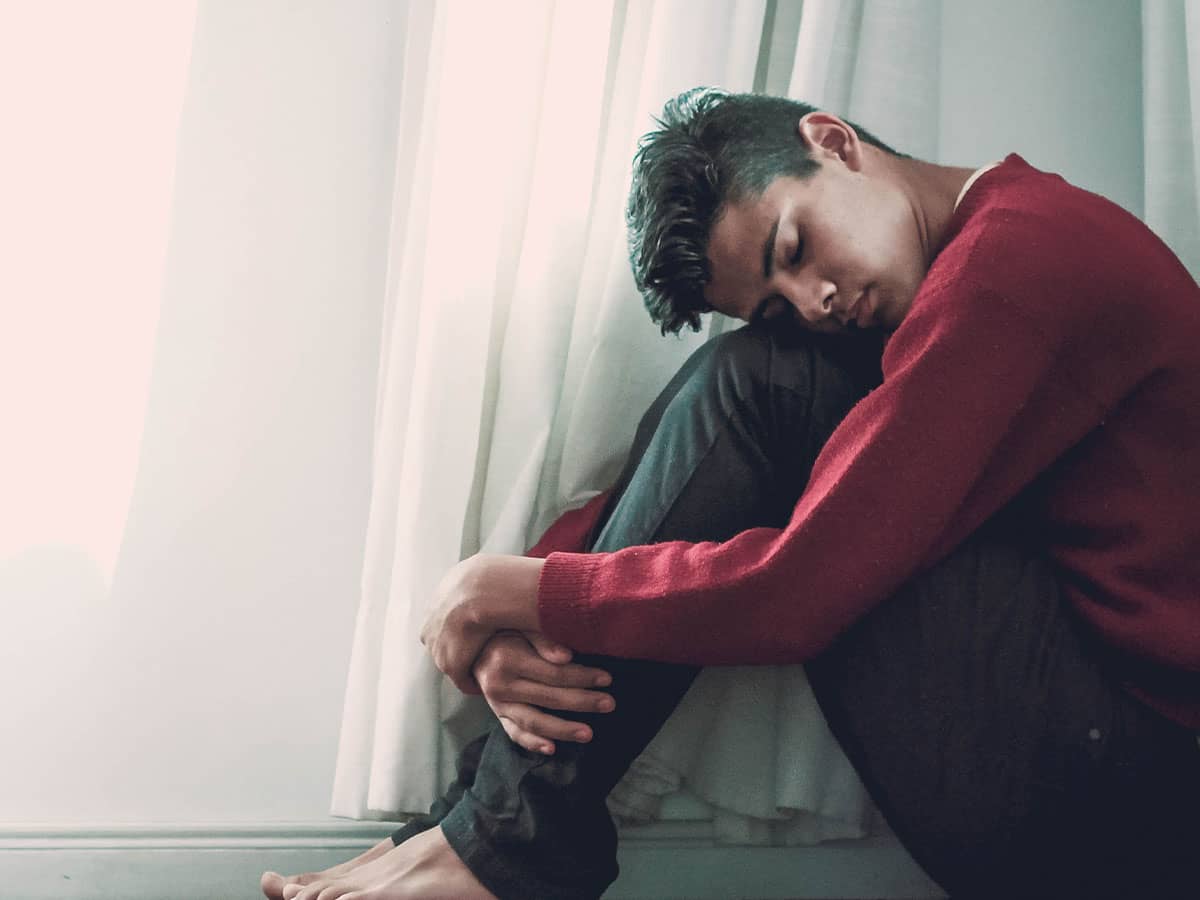
Varicose veins, a vascular disease that causes swollen, twisted veins, affect up to 35 percent of the American population. They are usually found in the legs, but can appear elsewhere on the body. Also known as venous insufficiency, varicose veins occur when damaged veins have trouble sending blood from the legs to the heart.
There are a lot of myths out there about this condition. We talked to Kathleen Gibson, MD, vascular surgeon and vein specialist of Lake Washington Vascular, Bellevue, WA, to get the real deal:
Myth #1: Varicose veins are harmless.
Dr. Gibson: Varicose veins can be just a cosmetic issue in some circumstances. However, they can also cause throbbing, aching, and itching. Advanced cases cause swelling (particularly with prolonged standing and sitting), dermatitis, and thickened skin. End stages can cause open sores but most patients do not get to that stage. Only 10 percent of patients go on to have advanced complications from varicose veins.
Myth #2: Varicose veins are caused by crossing your legs while sitting.
Dr. Gibson: Not true. It would be impossible to prove. What do cause varicose veins are heredity, and pregnancy, especially repeated pregnancies. In patients that already have varicose veins, obesity or weight gain can make them worse. Although they are more prevalent in people who are older and female, they can also occur in males and younger people.
Myth #3: Varicose veins are always visible.
Dr. Gibson: You can have varicose veins without them being bulging, visible ropes on your legs. Sometimes they may be too deep to see but can still cause symptoms: swelling, tired and achy legs, leg cramps, itchy rashes, and darkening.
Myth #4: Spider veins are varicose veins.
Dr. Gibson: Spider veins are just dilated veins in the surface of the skin that are generally just a cosmetic issue. Varicose veins are in the fat between muscle and skin. However, the pressure from varicose veins may cause spider veins to occur, especially in the ankle area.
Myth #5: Exercise will make varicose veins worse.
Dr. Gibson: I tell my patients that exercise is so good for so many aspects of health, and there is no proof that they shouldn’t continue to exercise. Some people have problems with deep veins in muscles, called deep venous insufficiency. This may by asymptomatic in some people, but in others may cause swelling, or skin changes or sores. People with deep venous insufficiency find that walking or activities that use calf muscles really help because contractions force blood up to the center of the body. If you have problems with leg swelling, do ankle exercises to maintain flexibility.
Myth #6: The only treatment option is surgery, and it’s not very effective.
Dr. Gibson: That may have been true once but it isn’t any longer. First of all, simply wearing compression stockings are a perfectly reasonable option if the varicose veins are not affecting quality of life. They lessen symptoms of pain and swelling but do not provide a cure. When a patient takes them off, the symptoms will come back fairly quickly. Surgically, we used to treat varicose veins by removing affected veins under general anesthetic (vein stripping). Fifteen years ago, doctors started using endothermal ablation, in which we thread a catheter within the vein that then burns it closed. This is very effective but because of the heat used, requires multiple injections of local anesthetic, and may cause sensory damage in the skin nerves afterwards. We have different options now that do not use heat or surgical incisions. And while seniors are 50 percent more likely to develop varicose veins, they have the same success rates as younger adults with treatment.
Treatment Options:
VenaSeal applies glue within the vein to close it. There is no anesthetic needed, and you don’t have to wear compression stockings afterwards. You can go back to normal activities, including exercise, the same day. (Full disclosure, I was part of the FDA approval studies for this treatment.)
Varithena is an injectable foam medication that damages the inner lining of the vein and closes the vein. Treatment usually takes less than one hour. Patients may resume light activities as quickly as the same day of treatment. Compression stocking must be worn for two weeks following treatment.
Clarivein is a system by which a catheter is inserted that releases medication in a 360 degrees circumference inside the affected vein while a small metal tool rotates and damages the vein. For two weeks after the procedure, patients wear graduated compression stockings.
How to decide which treatment to choose?
It depends on how you define success. In terms of patient satisfaction, they all are very effective; we measure that with what we call quality of life instruments. Venaseal and Clarivein have similar results at two years compared to endovenous radiofreqency or laser ablation in terms of the treated vein remaining closed on ultrasound examination. However this does not always correlate with patient quality of life measurements. Varithena is a bit lower in terms of “closure” but is the only technique of those mentioned that is good for veins that are very tortuous. Patients and physicians need to look at many factors when deciding which technique to use including potential risks, anatomy, desired recovery experience, insurance coverage and cost.

